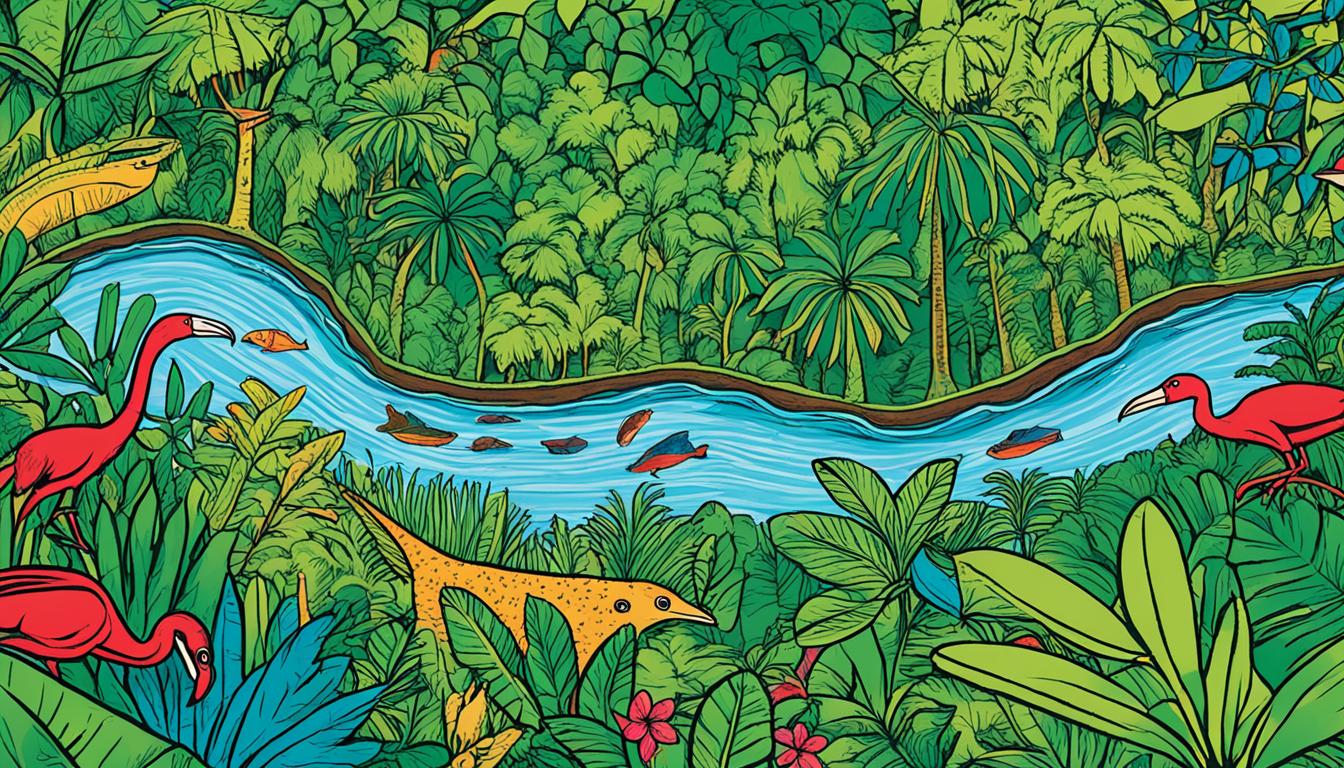Malawi Biodiversity and the Built Environment
Did you know that Malawi is home to over 6,000 flowering plant species and a vast array of mammals, amphibians, reptiles, birds, and fish? With such incredible biodiversity, the preservation of Malawi’s natural heritage is of paramount importance, especially in the face of increasing threats.
Key Takeaways:
- Malawi boasts a diverse range of plant and animal species, making conservation efforts crucial in protecting its natural heritage.
- Threats to Malawi’s biodiversity include habitat loss, climate change, invasive species, and pollution.
- Sustainable architecture and green building practices play a vital role in minimizing the environmental impact of construction activities and preserving biodiversity.
- Conservation initiatives, such as the National Biodiversity Strategy and Action Plan, are essential for promoting sustainable development and ensuring the survival of Malawi’s diverse ecosystems.
- By integrating eco-friendly construction practices and prioritizing the preservation of biodiversity, Malawi can create a greener, more sustainable future.
The Importance of Malawi’s Biodiversity
Malawi’s biodiversity is of paramount importance, contributing significantly to both its economy and culture. The country’s rich variety of flora and fauna plays a vital role in various sectors, including agriculture, fisheries, forestry, and wildlife, thereby contributing to the nation’s GDP. The abundance of diverse ecosystems in Malawi also attracts tourists from around the world, offering them opportunities for activities such as site-seeing, safari tours, and mountain hiking.
One of the standout attractions in Malawi is Lake Malawi, a UNESCO World Heritage Site and one of the largest freshwater lakes in the world. Its diverse aquatic life and stunning landscapes make it a popular destination for tourists. The lake also supports the livelihoods of many local communities who rely on fishing as a means of subsistence.
Preserving Malawi’s rich biodiversity is not only essential for sustainable development, but it also ensures the continued economic and cultural well-being of the nation. By protecting its diverse ecosystems and promoting sustainable practices, Malawi can harness the economic benefits and cultural significance of its biodiversity for the long-term prosperity of its people.
Economic Benefits of Malawi’s Biodiversity
| Sectors | Economic Contributions |
|---|---|
| Agriculture | Agro-biodiversity supports various crops, enhancing agricultural productivity and food security. |
| Fisheries | Abundance of fish species in Lake Malawi provides a source of income and nutrition for local communities. |
| Forestry | Forests contribute to timber production, non-timber forest products, and carbon sequestration. |
| Wildlife | Tourism revenue generated from wildlife attractions, including national parks and game reserves. |
Malawi’s biodiversity supports sustainable economic sectors, providing livelihood opportunities, ensuring food security, and attracting tourists who contribute to the local economy. Preserving and valuing this biodiversity is crucial for continued economic growth and prosperity.
Threats to Malawi’s Biodiversity
Malawi’s biodiversity faces numerous threats that endanger the survival of its unique and diverse species. These threats include habitat loss, climate change, invasive species, pollution, and ecosystem alteration.
Habitat loss: One of the main drivers of biodiversity decline in Malawi is the loss and fragmentation of natural habitats. Unsustainable resource utilization practices and deforestation contribute to the destruction of critical habitats for many plant and animal species.
Climate change: The changing climate poses a significant threat to Malawi’s biodiversity. Rising temperatures and altered rainfall patterns have resulted in the drying up of water bodies, such as rivers and wetlands, affecting the availability of suitable habitats for aquatic species. Climate change also disrupts ecosystems and ecological processes, leading to further biodiversity loss.
Invasive species: The introduction of invasive alien species poses a major threat to native biodiversity in Malawi. These invasive species outcompete native plants and animals for resources and disrupt the delicate balance of ecosystems. This competition and disruption can lead to the decline or extinction of native species.
Pollution: Pollution, including agricultural runoff, industrial waste, and other forms of pollution, has detrimental effects on Malawi’s ecosystems. Pollutants contaminate soil, water, and air, harming both flora and fauna. Biodiversity is further compromised as pollution disrupts ecological processes and reduces the resilience of ecosystems.
Ecosystem alteration: Human activities, such as land use changes and infrastructure development, can alter ecosystems and degrade the natural habitats on which biodiversity depends. These alterations, whether through land conversion, dam construction, or other forms of human intervention, can have detrimental effects on the delicate balance of biodiversity in Malawi.
To ensure the survival and conservation of Malawi’s biodiversity, urgent action is needed to address these threats. Efforts must be focused on sustainable land and resource management, climate change mitigation and adaptation strategies, invasive species control, pollution reduction, and the protection and restoration of critical ecosystems.
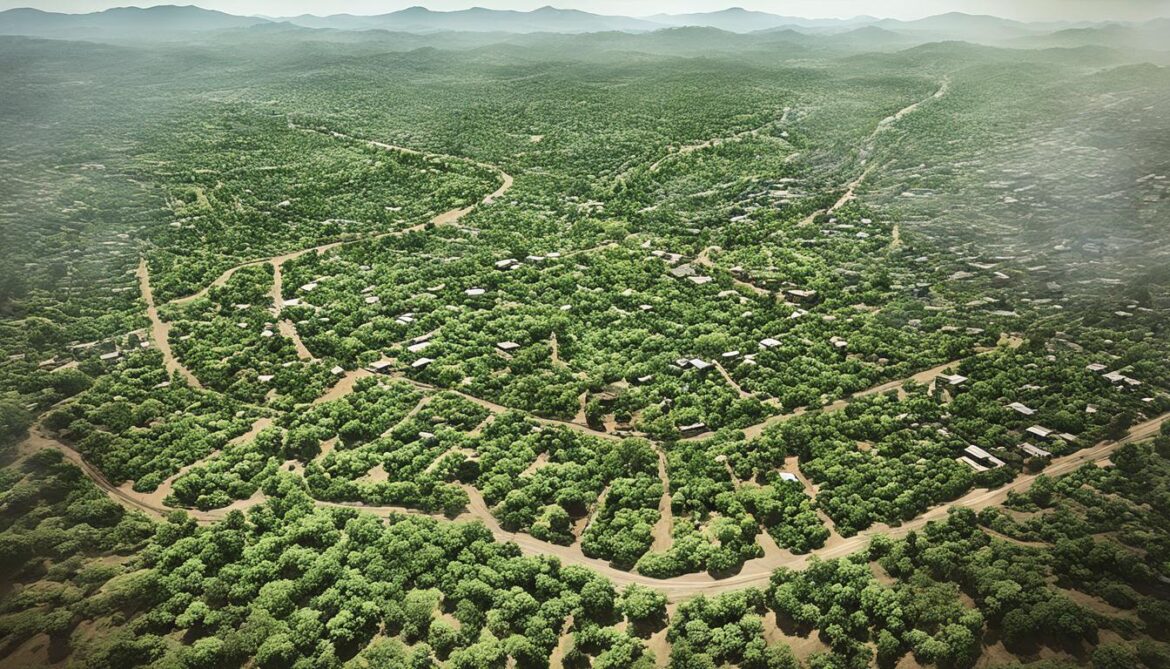
Conservation Efforts in Malawi
In order to protect and preserve Malawi’s unique biodiversity, the country has implemented several initiatives and programs. These efforts aim to safeguard the genetic resources of plant species, combat invasive alien species, and promote sustainable practices in the face of climate change.
National Biodiversity Strategy and Action Plan
The National Biodiversity Strategy and Action Plan serves as a comprehensive guide to conservation in Malawi. It outlines strategies for species and habitat restoration, agricultural diversity conservation, and policy strengthening. This plan provides a framework for coordinated efforts to protect and restore the country’s valuable biodiversity.
Genetic Resource Conservation
Institutions in Malawi actively engage in genetic resource conservation, recognizing the importance of preserving the unique genetic diversity of plant species. These efforts aim to maintain the viability of native plants and ensure their availability for future generations.
Invasive Alien Species Management
Malawi recognizes the threat posed by invasive alien species and implements management strategies to mitigate their impact. These efforts include monitoring and control measures to prevent the spread of invasive species, which can outcompete native species and disrupt ecosystems.
Lake Chilwa Basin Climate Change Adaptation Programme
The Lake Chilwa Basin Climate Change Adaptation Programme focuses on promoting sustainable fishing practices and enhancing resilience to climate change in the Lake Chilwa Basin region. It aims to address the challenges posed by changing environmental conditions and ensure the long-term sustainability of fisheries in the area.
Mechanisms for Conservation
Malawi utilizes various mechanisms to support conservation efforts. These include legislation to protect biodiversity, funding for conservation projects, capacity-building initiatives to enhance conservation knowledge and skills, and stakeholder coordination to ensure effective collaboration and implementation.
By implementing these conservation measures, Malawi aims to safeguard its rich biodiversity and ensure its preservation for future generations.
Impacts of Biodiversity Loss
Biodiversity loss has significant implications for ecosystems and human well-being. It leads to the degradation of essential ecosystem services, such as carbon storage and flood control. The decline of biodiversity affects food security as diverse ecosystems support agriculture and provide important food sources. The loss of plant species also impacts the availability of medicinal plants, affecting primary healthcare. Biodiversity loss disrupts ecological balance, leading to cascading effects on native species and overall ecosystem health. Preserving biodiversity is essential for the health and well-being of both nature and people.
Effects on Ecosystem Services
Ecosystem degradation resulting from biodiversity loss can have far-reaching consequences. When species disappear from an ecosystem, it disrupts the delicate balance of interactions and functions within that ecosystem. This disruption can lead to the loss of natural services that are crucial for human well-being.
“The continued loss of biodiversity threatens the many benefits that ecosystems provide to people, including clean air and water, climate regulation, and nutrient cycling.”
One of the key services provided by ecosystems is carbon storage. Biodiverse habitats such as forests are highly efficient at sequestering carbon dioxide, helping to mitigate climate change. However, as biodiversity is lost, the ability of ecosystems to store carbon is reduced, exacerbating the effects of climate change.
Flood control is another important ecosystem service that is impacted by biodiversity loss. Biodiverse ecosystems, such as wetlands and mangrove forests, act as natural buffers against flooding by absorbing and storing excess water. When these habitats are degraded or destroyed, the risk of flooding increases, posing a threat to human settlements and infrastructure.
Threats to Food Security
Biodiversity loss also poses a threat to global food security. Diverse ecosystems support agriculture by providing valuable services such as pollination, pest control, and soil fertility. However, as biodiversity declines, these services become compromised, leading to decreased crop yields and increased vulnerability to pests and diseases.
The loss of pollinators, such as bees and butterflies, has a particularly significant impact on food production. These insects play a crucial role in pollinating crops, ensuring the production of fruits, vegetables, and seeds. Without adequate pollination, food production becomes less reliable, leading to potential shortages and increased food prices.
“The decline of biodiversity affects food security as diverse ecosystems support agriculture and provide important food sources.”
Implications for Medicinal Plants
The loss of biodiversity also affects the availability of medicinal plants, which are essential for primary healthcare in many communities. Traditional medicine, based on the use of medicinal plants, is still widely practiced in various parts of the world, including Malawi. However, as biodiversity declines, many valuable medicinal plant species are at risk of extinction.
This loss of plant diversity not only deprives communities of important treatments for various illnesses but also undermines the potential for scientific research and the development of new pharmaceuticals. Many modern medicines are derived from natural compounds found in plants, and the loss of biodiversity limits the pool of potential resources for medical advancements.
Ecological Imbalance and Cascading Effects
The loss of biodiversity disrupts ecological balance, leading to cascading effects throughout entire ecosystems. When a species declines or disappears, it can have a domino effect on interconnected species and the overall functioning of the ecosystem.
“Biodiversity loss disrupts ecological balance, leading to cascading effects on native species and overall ecosystem health.”
For example, the loss of a top predator in a food web can result in an overabundance of prey species, leading to further imbalances and potential collapse of the ecosystem. Similarly, the loss of a pollinator can affect the reproductive success of flowering plants, leading to a decline in plant populations and the animals that depend on them for food and shelter.
These cascading effects not only impact the biodiversity of an ecosystem but also its stability and resilience. Ecosystems with higher levels of biodiversity are better able to adapt and recover from disturbances such as climate change or natural disasters.
Preserving biodiversity is crucial for maintaining the health and well-being of both nature and people. Conservation efforts and sustainable practices are essential for mitigating the impacts of biodiversity loss and ensuring a sustainable future for generations to come.
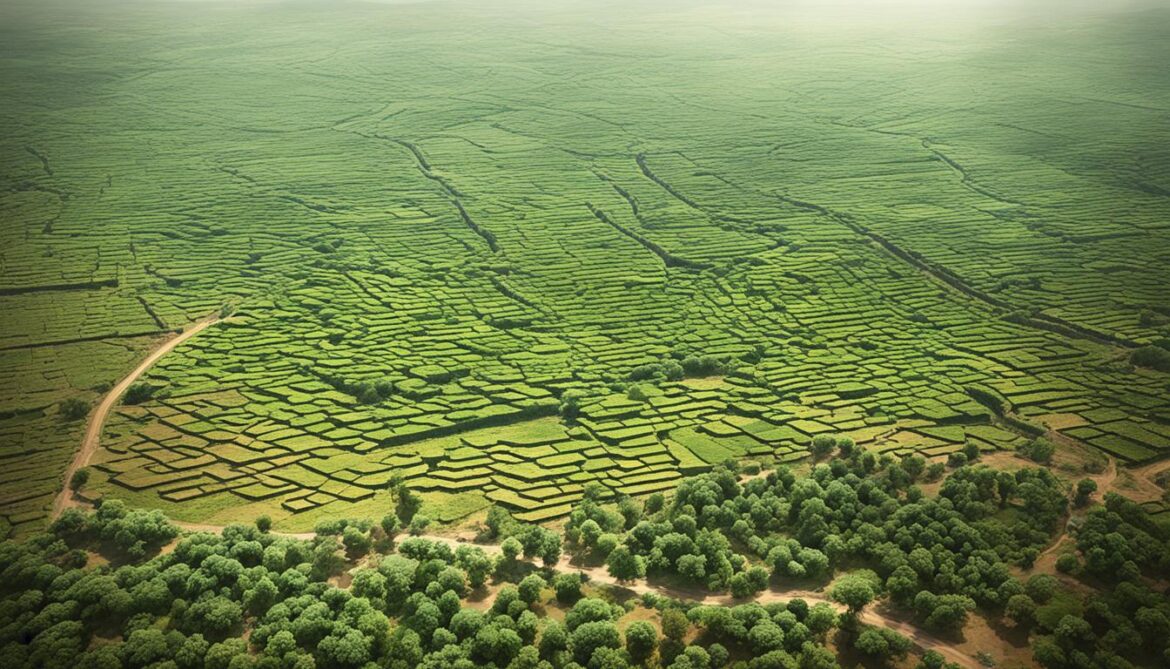
Factors Contributing to Biodiversity Loss
Biodiversity loss in Malawi and worldwide is driven by various factors that pose significant threats to the delicate ecosystems. These factors include habitat loss, climate change, invasive species, pollution, and deforestation, each playing a detrimental role in the decline of biodiversity.
Habitat Loss: Unsustainable resource utilization and deforestation are the main culprits behind habitat loss and fragmentation, leading to the destruction and degradation of natural habitats. This loss of habitat directly impacts the survival of numerous plant and animal species, pushing them towards extinction.
Climate Change: The escalating effects of climate change disrupt ecosystems and habitats, jeopardizing the delicate balance necessary for biodiversity conservation. Rising temperatures, changing rainfall patterns, and extreme weather events impact the distribution and availability of resources, threatening the survival of numerous species.
Invasive Species: Invasive alien species compete with native species for resources and often overpower them, disrupting the natural equilibrium of ecosystems. These non-indigenous plants, animals, and microbes outcompete native species, threaten their survival, and cause a decline in overall biodiversity.
Pollution: Pollution, including agricultural runoff and industrial waste, further contributes to the loss of biodiversity. Toxic chemicals, pollutants, and excessive nutrients released into the environment degrade habitats, contaminate water sources, and harm the organisms that rely on these ecosystems to survive.
Deforestation: The rampant deforestation taking place worldwide, including in Malawi, has severe consequences for biodiversity. Forests are essential habitats for countless species, providing food, shelter, and protection. The loss of forests leads to the displacement and extinction of many plant and animal species, further accelerating biodiversity loss.
“The loss and degradation of habitat, coupled with climate change, invasive species, pollution, and deforestation, pose immense threats to the biodiversity of Malawi and beyond. Urgent action is required to mitigate these factors and preserve the delicate balance of our ecosystems.”
To gain a better understanding of how these factors contribute to biodiversity loss, let’s take a closer look at their individual impacts:
| Factors | Impacts |
|---|---|
| Habitat Loss | – Displacement of species – Loss of biodiversity hotspots – Erosion of ecosystem functions and services |
| Climate Change | – Changes in species distribution – Increased frequency of extreme weather events – Altered reproductive patterns |
| Invasive Species | – Outcompeting native species – Altering ecosystem dynamics – Spreading diseases |
| Pollution | – Contamination of water sources – Poisoning of organisms – Disruption of food chains |
| Deforestation | – Loss of critical habitat – Increased soil erosion – Carbon emissions and climate change |
Understanding the impacts of habitat loss, climate change, invasive species, pollution, and deforestation is crucial for devising effective conservation strategies. By mitigating these factors and implementing sustainable practices, we can work towards safeguarding biodiversity and ensuring a harmonious coexistence with the natural world.
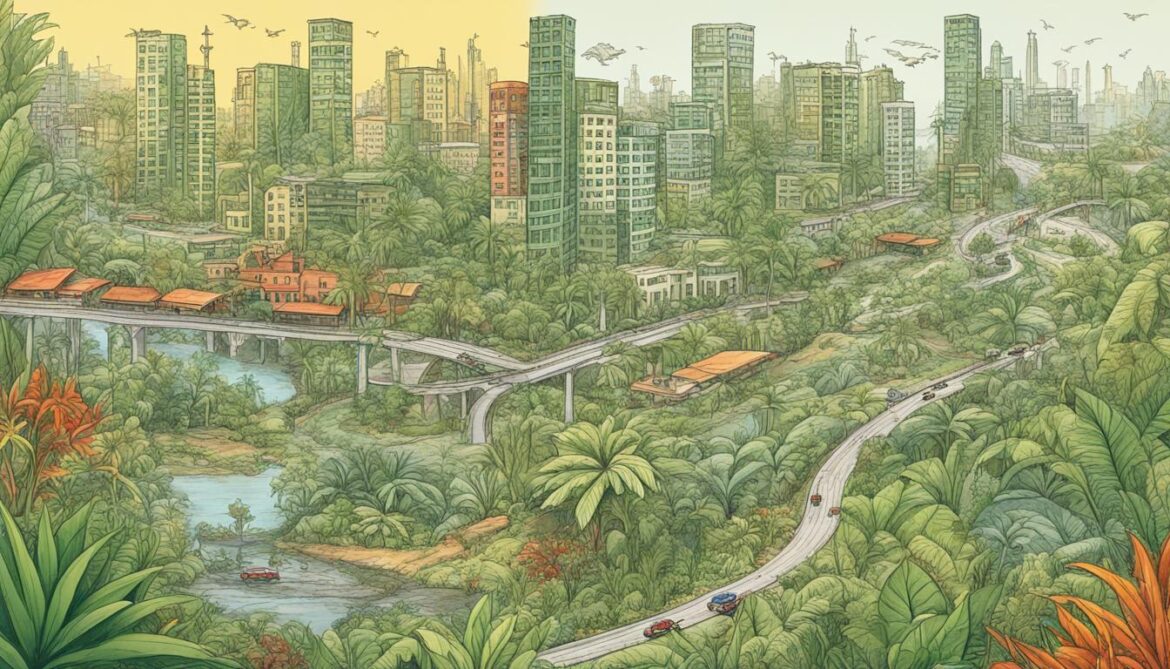
Sustainable Architecture in Malawi
Malawi is making significant progress in sustainable architecture through the construction of green buildings. These eco-friendly constructions prioritize minimizing environmental impact and preserving natural resources, contributing to a greener future for the country.
Innovative technologies such as DURABRIC and LC3 are revolutionizing sustainable construction practices in Malawi, offering promising solutions for eco-friendly infrastructure.
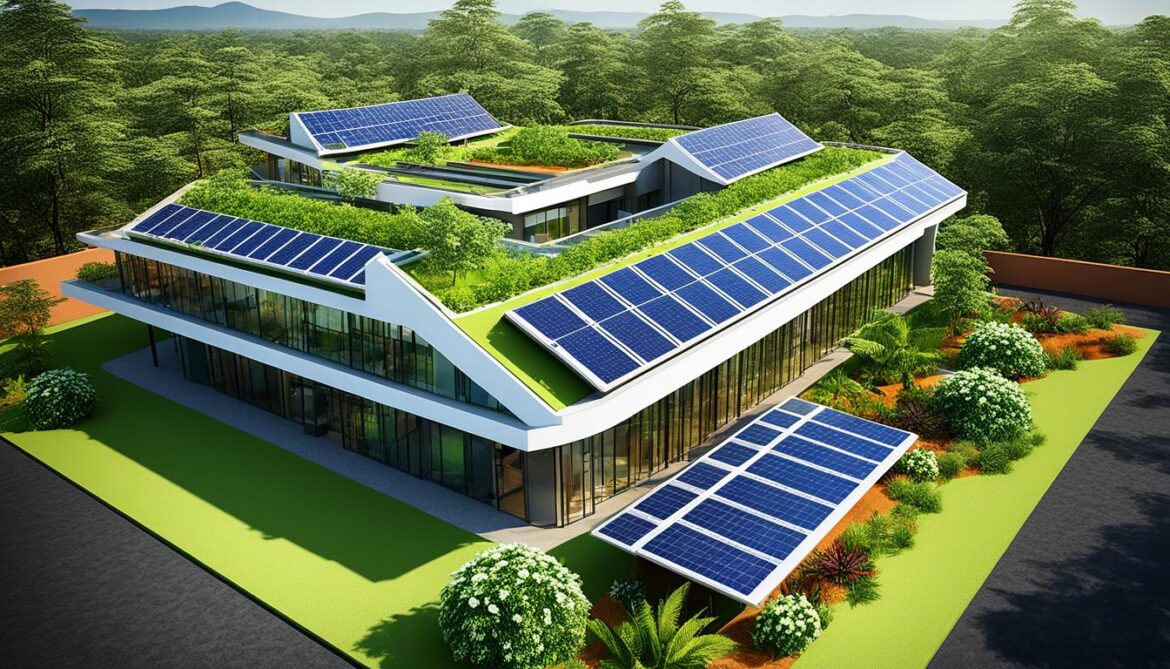
DURABRIC technology is a game-changer in sustainable construction. Made of local earth, sand, cement, and water, DURABRIC blocks reduce carbon emissions compared to traditional clay bricks. This eco-friendly building material combines affordability and reduced environmental impact while also supporting job creation and local resource utilization.
| DURABRIC technology | Benefits |
|---|---|
| Sustainable building material | – Reduced carbon emissions |
| – Local resource utilization | |
| – Enhanced durability |
LC3 technology is another breakthrough in green construction practices. By blending limestone and calcined clay, LC3 significantly reduces carbon emissions during cement production. This sustainable building material utilizes locally available resources, promoting environmentally conscious construction projects in Malawi.
LC3 technology is revolutionizing green building practices in Malawi, offering sustainable alternatives to conventional cement production. By reducing carbon emissions and maximizing the use of local resources, LC3 contributes to durable and environmentally friendly infrastructure solutions.
Together, DURABRIC and LC3 technologies are transforming sustainable architecture in Malawi, setting the stage for a greener and more sustainable future. These eco-friendly construction practices demonstrate the potential for sustainable development and environmental conservation in the built environment.
DURABRIC: Transforming Sustainable Construction in Malawi
DURABRIC technology has revolutionised sustainable construction in Malawi. Made of local materials, DURABRIC blocks offer an eco-friendly alternative to traditional clay bricks. These blocks eliminate the need for firing, resulting in reduced carbon emissions and a smaller environmental footprint. By using DURABRIC in green building projects, Malawi promotes sustainable design practices and contributes to global efforts in reducing carbon emissions.
One of the key advantages of DURABRIC technology is its positive impact on the local economy. The production and use of DURABRIC blocks support job creation and local entrepreneurship. This not only strengthens the construction industry but also empowers individuals and communities through sustainable employment opportunities.
Furthermore, DURABRIC’s affordability and accessibility make it a viable option for all communities in Malawi. By using locally available materials, DURABRIC reduces construction costs, making eco-friendly building materials more affordable and accessible to a wider audience.
The integration of DURABRIC technology in sustainable construction projects in Malawi showcases the country’s commitment to environmental conservation and sustainable development. Through the use of this innovative building material, Malawi is paving the way for a greener future, reducing carbon emissions and creating job opportunities that benefit both the economy and the environment.
Leading the Way in Green Building Certification: Mbiri and Tsogolo Halls of Residence
The Mbiri and Tsogolo Halls of Residence in Malawi have achieved EDGE certification, demonstrating their commitment to green building practices. These buildings prioritize energy efficiency, water savings, and the use of sustainable materials. The EDGE certification sets a benchmark for future green building projects and encourages the adoption of eco-construction practices in Malawi. The halls of residence significantly reduce energy and water consumption, contributing to environmental sustainability.
By implementing innovative design strategies and technologies, the Mbiri and Tsogolo Halls of Residence showcase the immense potential of green building certification in promoting a greener and more sustainable built environment in Malawi. These eco-friendly buildings not only reduce their environmental impact but also provide a healthier and more comfortable living space for their occupants.
Key Features of the Mbiri and Tsogolo Halls of Residence
| Feature | Description |
|---|---|
| Energy Efficiency | The halls of residence incorporate energy-efficient lighting systems, insulation, and passive cooling techniques, reducing overall energy consumption. |
| Water Conservation | Water-saving fixtures, such as low-flow faucets and toilets, are installed throughout the buildings, minimizing water wastage. |
| Sustainable Materials | The construction materials used in the halls of residence are locally sourced and environmentally friendly, promoting resource conservation. |
| Renewable Energy | Integrating renewable energy sources, such as solar panels, the buildings generate clean energy, reducing reliance on fossil fuels. |
| Indoor Environmental Quality | The halls of residence prioritize occupant comfort through adequate natural lighting, ventilation systems, and materials with low volatile organic compound (VOC) emissions. |
The Mbiri and Tsogolo Halls of Residence serve as remarkable examples of sustainable design and construction practices in Malawi. Their achievements in green building certification contribute to the country’s efforts in promoting environmental responsibility and creating a more resilient built environment.
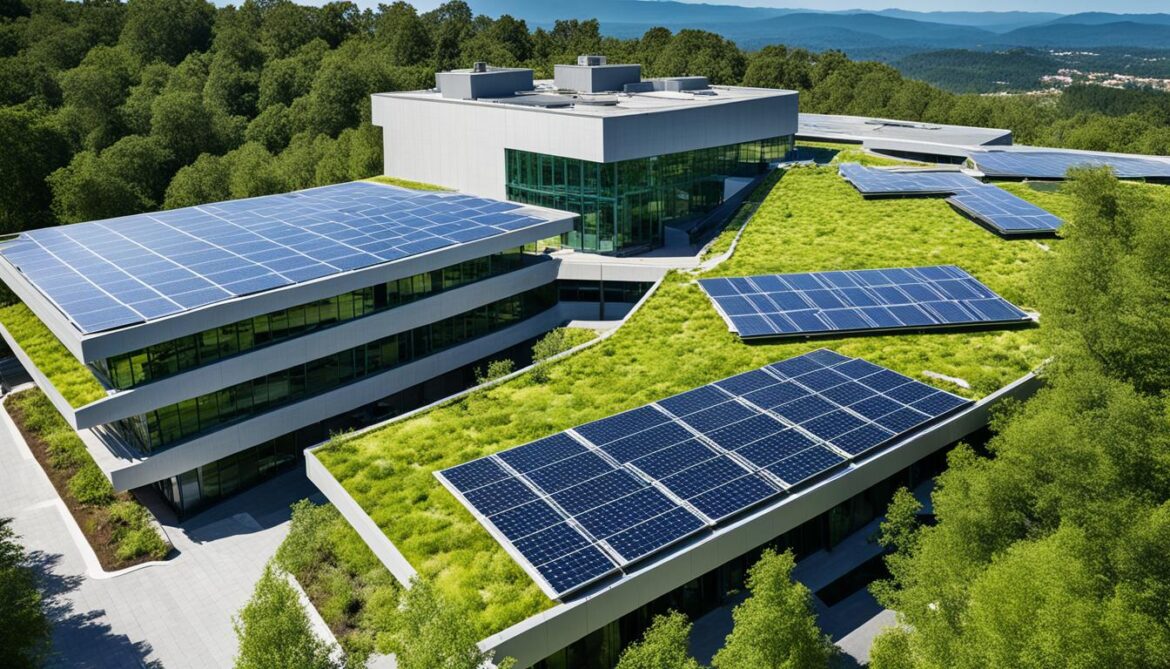
LC3 Technology: A Game-Changer for Green Construction in Malawi
LC3 technology is revolutionizing the field of green construction in Malawi, offering a sustainable and eco-friendly alternative to traditional cement. By blending limestone and calcined clay, LC3 significantly reduces carbon emissions, making it a more environmentally friendly choice compared to conventional cement production methods.
One of the key advantages of LC3 technology is its utilization of locally available resources. By using materials that are abundant in the region, LC3 reduces the reliance on imported components, resulting in a more sustainable and cost-effective building solution.
In addition to its reduced carbon footprint and local resource utilization, LC3 technology offers enhanced durability and thermal performance. Structures built with LC3 are more resilient to weathering, ensuring longevity and minimizing the need for frequent repairs or replacements. The thermal properties of LC3 also contribute to improved energy efficiency, reducing the demand for heating and cooling systems.
LC3 technology is a crucial component of sustainable infrastructure development in Malawi. By reducing the environmental impact of the construction industry, LC3 promotes the adoption of greener building practices and supports the country’s goals of achieving sustainable development and environmental conservation.
With its numerous benefits, LC3 technology is transforming the construction landscape in Malawi, paving the way for a more sustainable and eco-conscious building industry.
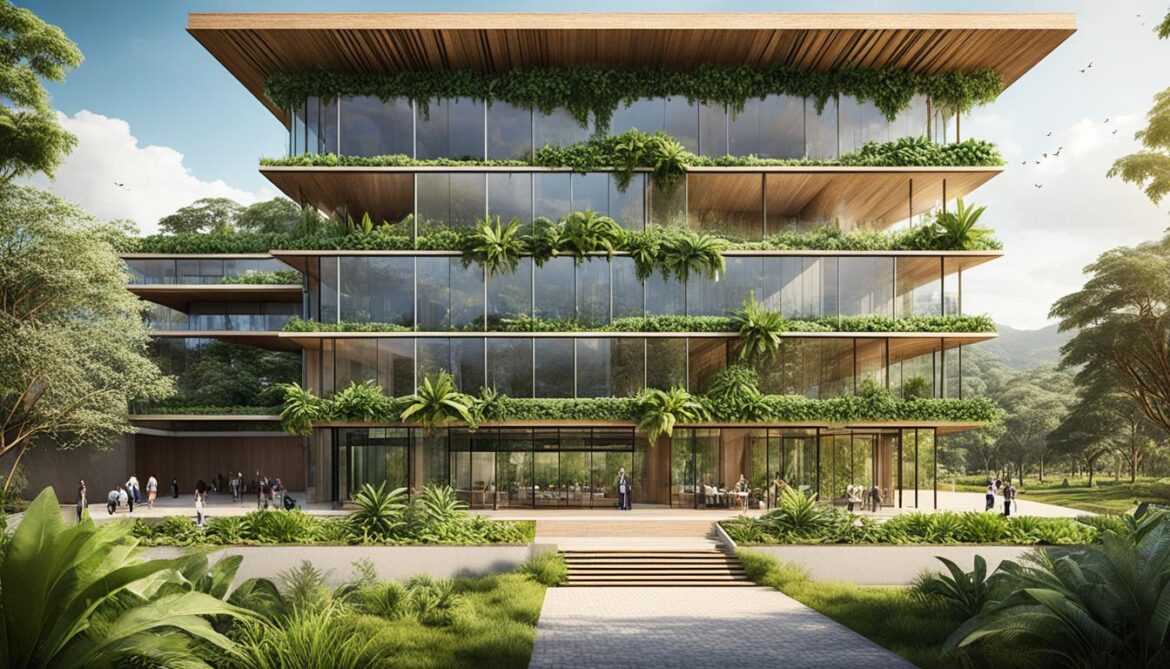
Benefits of LC3 Technology:
- Reduced carbon emissions compared to conventional cement production.
- Utilization of locally available resources, reducing reliance on imports.
- Enhanced durability and resilience to weathering.
- Improved thermal performance, contributing to energy efficiency.
Conclusion
Malawi’s biodiversity is a precious natural resource that needs to be conserved and protected for the sake of sustainable development. The built environment plays a crucial role in this effort, with sustainable architecture and green building practices offering solutions to minimize the environmental impact of construction activities.
Conservation efforts, such as the implementation of the National Biodiversity Strategy and Action Plan, are essential in preserving Malawi’s rich natural heritage. By integrating eco-friendly construction practices, we can create a greener and more sustainable future for all.
Through the use of technologies like DURABRIC and LC3, Malawi has made significant progress in sustainable construction. DURABRIC’s reduced carbon emissions and affordability have made eco-friendly building options accessible to communities across the country. LC3 technology, on the other hand, offers enhanced durability and thermal performance while reducing the environmental impact of conventional cement production.
With efforts focused on the preservation of biodiversity and the adoption of sustainable architecture and green building practices, Malawi can continue to lead the way in conservation and sustainable development, ensuring a harmonious coexistence between human-made structures and the natural environment.
FAQ
What is the significance of Malawi’s biodiversity?
Malawi’s biodiversity contributes to its economy through sectors such as fisheries, forestry, and wildlife, and it attracts tourists, supporting cultural activities and livelihoods.
What are the main threats to Malawi’s biodiversity?
The main threats to Malawi’s biodiversity include habitat loss, climate change, invasive species, and pollution.
What conservation efforts are in place in Malawi?
Malawi has implemented initiatives such as the National Biodiversity Strategy and Action Plan, genetic resource conservation, invasive alien species management, and the Lake Chilwa Basin Climate Change Adaptation Programme.
What are the impacts of biodiversity loss?
Biodiversity loss leads to ecosystem degradation, affects food security, impacts access to medicinal plants, and disrupts ecological balance.
What factors contribute to biodiversity loss in Malawi?
Habitat loss, climate change, invasive species, pollution, and deforestation are the main factors contributing to biodiversity loss in Malawi.
What is sustainable architecture in Malawi?
Sustainable architecture in Malawi refers to the construction of eco-friendly buildings that minimize environmental impact and preserve natural resources.
What is DURABRIC technology?
DURABRIC technology is a sustainable construction material made of local earth, sand, cement, and water, reducing carbon emissions and promoting eco-friendly building practices in Malawi.
What is the EDGE certification for green buildings in Malawi?
The EDGE certification is awarded to buildings that prioritize energy efficiency, water savings, and the use of sustainable materials, setting a benchmark for green construction in Malawi.
What is LC3 technology?
LC3 technology is a sustainable alternative to traditional cement production, reducing carbon emissions and utilizing locally available resources to promote sustainable infrastructure development in Malawi.






